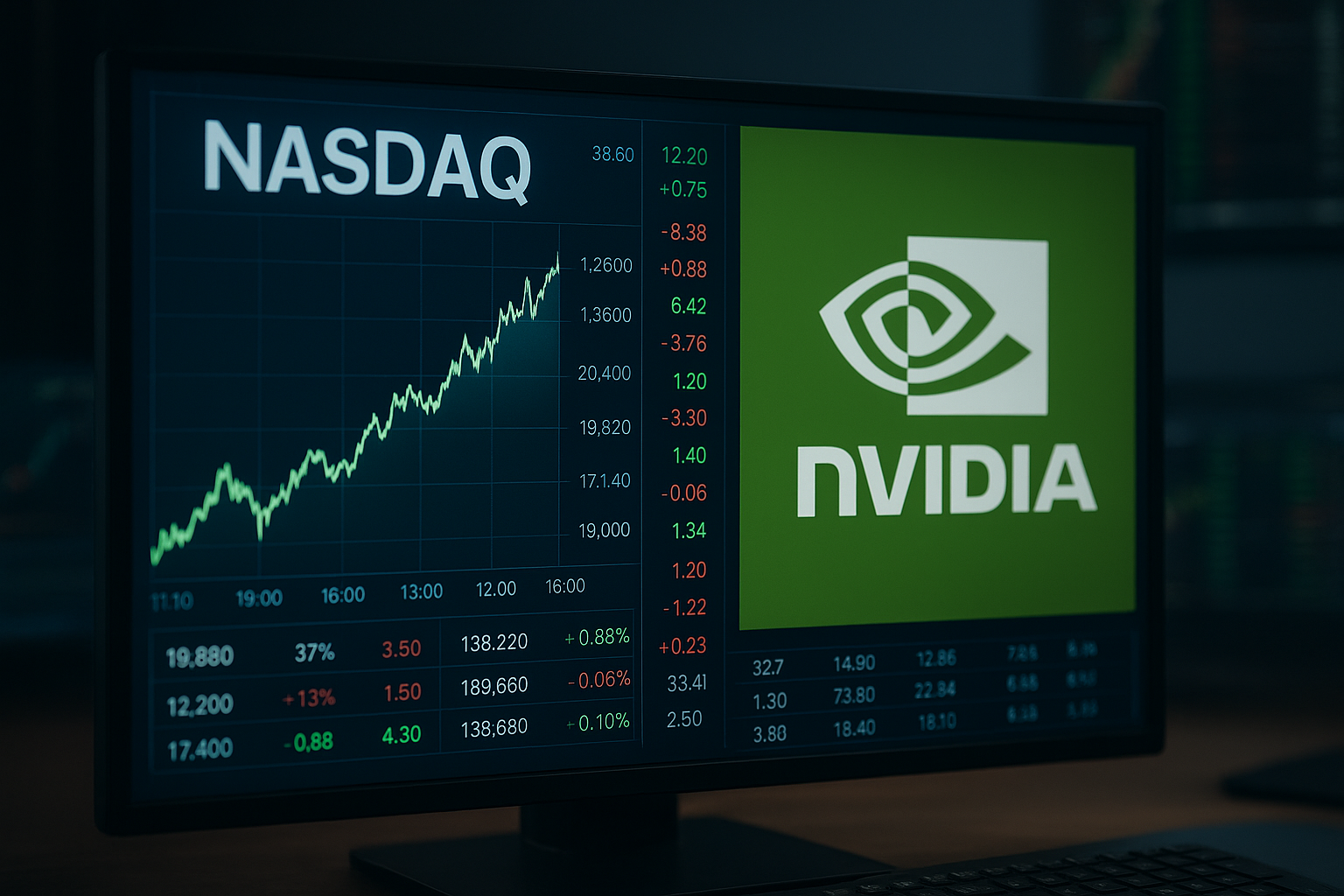Crypto may be one of the most volatile corners of global finance, but investor appetite for exposure to digital asset infrastructure remains strong. The latest proof came with the public debut of Gemini, the U.S.-based exchange founded by the Winklevoss twins, which priced its IPO at $28 per share—above earlier expectations—and raised approximately $425 million. That pricing gave Gemini a non-diluted valuation of about $3.33 billion, and the offering was oversubscribed nearly 20 times, according to Reuters.
This comes amid a shifting regulatory landscape and renewed optimism that crypto-related companies can find stable footing in public markets. For many investors, the Gemini debut is not just about one company—it’s about whether crypto infrastructure can move from speculative hype toward mainstream acceptance.
Why This Matters for Investors
The Gemini IPO represents more than a liquidity event for one exchange. It signals a potential inflection point for how public markets perceive the digital asset sector.
Crypto equities had been battered in previous cycles—Coinbase, the first major U.S. crypto exchange to go public, saw its shares plunge by more than 80% from its 2021 highs as trading volumes and investor sentiment collapsed during the “crypto winter.” Many skeptics questioned whether another crypto exchange could ever successfully list and thrive.
Yet Gemini’s IPO suggests sentiment is shifting. Investor demand for the offering was robust despite lingering regulatory scrutiny of exchanges. Analysts at JPMorgan noted in a client briefing that “oversubscription at this level reflects both an appetite for regulated exposure to crypto markets and a recalibration of investor expectations around profitability.”
Core Analysis: Regulatory Winds Shifting
One of the most important factors driving Gemini’s successful listing is the regulatory environment. In recent months, U.S. courts and policymakers have softened their stance on aspects of crypto oversight. The Securities and Exchange Commission (SEC) has faced legal setbacks in its enforcement-first approach, while Congress has debated frameworks aimed at providing clearer rules for exchanges and stablecoins.
This shift matters. A more predictable regulatory climate reduces the “existential risk” premium that has long hung over crypto businesses. Investors appear willing to pay up for companies like Gemini when they believe regulatory risk is moderating.
Gemini also positioned itself as a compliance-first exchange, differentiating from peers with more aggressive growth tactics. While this limited its global expansion compared to rivals like Binance, it may have bolstered its credibility with regulators and institutional investors—precisely the narrative that resonates in today’s market.
Future Trends to Watch
1. Profitability and Volume Growth
Oversubscription may reflect enthusiasm, but ultimately Gemini will be judged on revenues. Trading volumes across exchanges remain highly sensitive to crypto market cycles. Sustained adoption of Bitcoin ETFs and Ethereum staking products could provide tailwinds, but profitability is far from guaranteed.
2. Competitive Pressures
Gemini faces fierce competition from Coinbase, Kraken, Binance, and newer decentralized exchange platforms. To stand out, it will need to carve niches in areas like institutional custody, stablecoins, or regulatory partnerships.
3. Investor Psychology
Crypto remains a confidence-driven market. Strong initial performance by Gemini shares could encourage more crypto-linked IPOs and SPAC listings. Conversely, if the stock falters, it could reinforce skepticism that crypto equities are inherently high-risk bets.
Key Investment Insight
The Gemini IPO illustrates that investor confidence in crypto infrastructure is making a comeback—but with caveats. For investors, the key is separating signal from noise. Robust IPO demand shows appetite for crypto exposure in regulated vehicles, but long-term performance will hinge on execution, compliance, and the sector’s ability to deliver recurring revenues.
Investors considering crypto equities should:
- Watch Regulatory Signals: Positive regulatory clarity could sustain momentum.
- Diversify Exposure: Combine crypto equities with ETFs and blockchain infrastructure plays for balanced risk.
- Track Institutional Adoption: Enterprise and asset-manager engagement with crypto remains a leading indicator for sector health.
Stay Ahead with MoneyNews.Today
Gemini’s IPO debut above range underscores that crypto is far from dead in the eyes of public markets. Investors are showing they’re willing to back companies that combine crypto innovation with regulatory discipline. But the road ahead will test whether these businesses can deliver sustainable profits beyond market hype.
For daily insights into the forces shaping global finance—from crypto listings and AI megatrends to metals, markets, and geopolitics—stay with MoneyNews.Today, your trusted source for investor intelligence.





